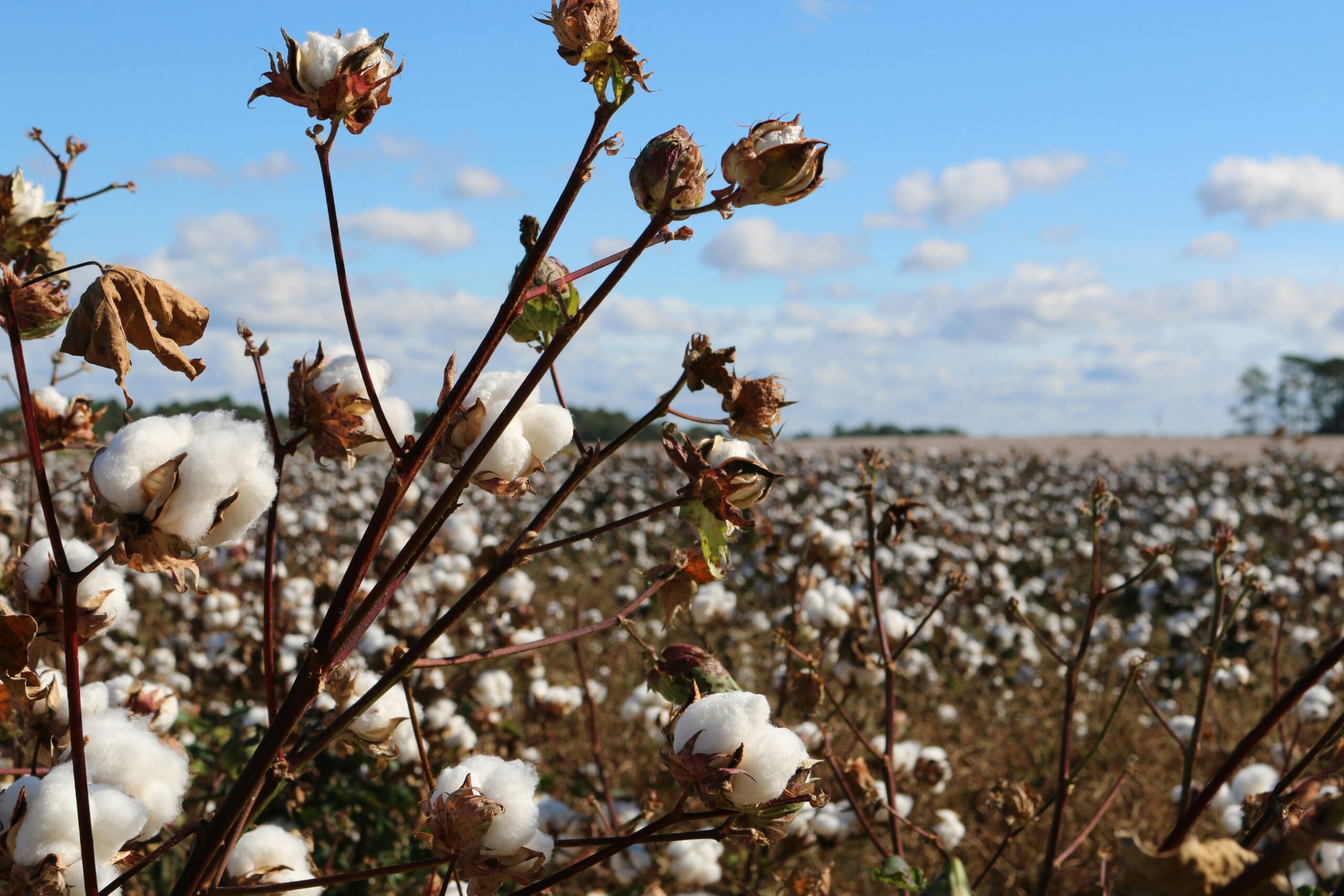
Cotton is one of the world’s most important soft commodities, playing a crucial role in the global textile industry. It is traded as a raw material (lint) and processed into fabrics, clothing, and industrial products. Below is a detailed breakdown of cotton as a commodity.
1. Key Characteristics of Cotton as a Commodity
A. Types & Grades
Cotton is classified based on:
-
Staple Length:
-
Long-staple (Pima, Egyptian – premium quality, high-end textiles).
-
Medium-staple (Upland cotton – most common, ~90% of global production).
-
Short-staple (used for lower-quality products).
-
-
Color & Cleanliness: Graded by the USDA (e.g., “Middling” is the benchmark).
B. Production & Seasonality
-
Major Producers:
-
China (largest producer & consumer).
-
India (2nd largest, variable quality).
-
USA (high-quality exports, mainly Texas).
-
Brazil, Pakistan, Uzbekistan.
-
-
Harvest Seasons:
-
Northern Hemisphere (Sep–Dec – USA, India, China).
-
Southern Hemisphere (Mar–May – Brazil, Australia).
-
C. Global Trade
-
Top Exporters: USA (~35% of global trade), Brazil, India.
-
Top Importers: China, Bangladesh, Vietnam, Turkey (for textile manufacturing).
2. Market Dynamics
A. Pricing Factors
-
Supply-Side Influences:
-
Weather (droughts in Texas, floods in India).
-
Pests (bollworm, pink bollworm).
-
Government policies (US subsidies, India’s MSP – Minimum Support Price).
-
-
Demand-Side Influences:
-
Textile industry demand (fast fashion, economic growth in Asia).
-
Synthetic competition (polyester, cheaper alternatives).
-
B. Value Chain
-
Farmers → Ginners (separate lint from seeds) → Traders/Exporters → Spinners → Textile Mills → Retail.
-
Byproducts: Cottonseed oil (used in food), animal feed.
C. Futures & Commodity Markets
-
Traded on ICE (Intercontinental Exchange) as Cotton No. 2 Futures (CT).
-
Prices quoted in USD per pound.
-
Speculators, hedgers (farmers, textile firms), and ETFs (e.g., BAL) influence prices.
3. Challenges in Cotton Commoditization
✅ Price Volatility – Highly sensitive to weather, geopolitical factors (e.g., US-China trade war).
✅ Water-Intensive Crop – Sustainability concerns (e.g., Uzbekistan’s Aral Sea crisis).
✅ Labor Issues – Reliance on manual picking in some countries (India, Pakistan).
✅ Competition from Synthetics – Polyester dominates fast fashion (~60% of global fiber use).
4. Non-Commodity Aspects (Value Addition)
-
Organic & Fair Trade Cotton (premium pricing, e.g., Patagonia, H&M Conscious line).
-
Branded Cotton (e.g., Supima, Egyptian Giza).
-
Technical Textiles (medical, military applications).
5. Comparison with Other Agricultural Commodities
| Feature | Cotton | Wheat | Coffee |
|---|---|---|---|
| Market Type | Soft commodity | Grain commodity | Soft commodity |
| Futures Trading | Yes (ICE) | Yes (CBOT) | Yes (ICE) |
| Major Use | Textiles | Food | Beverage |
| Price Drivers | Weather, fashion trends | Weather, biofuels | Weather, speculation |
Conclusion
Cotton is a highly tradable global commodity with:
-
Strong futures market liquidity (hedging for farmers & textile firms).
-
Geopolitical sensitivity (US-China trade, India’s subsidies).
-
Sustainability challenges (water use, synthetic competition).
